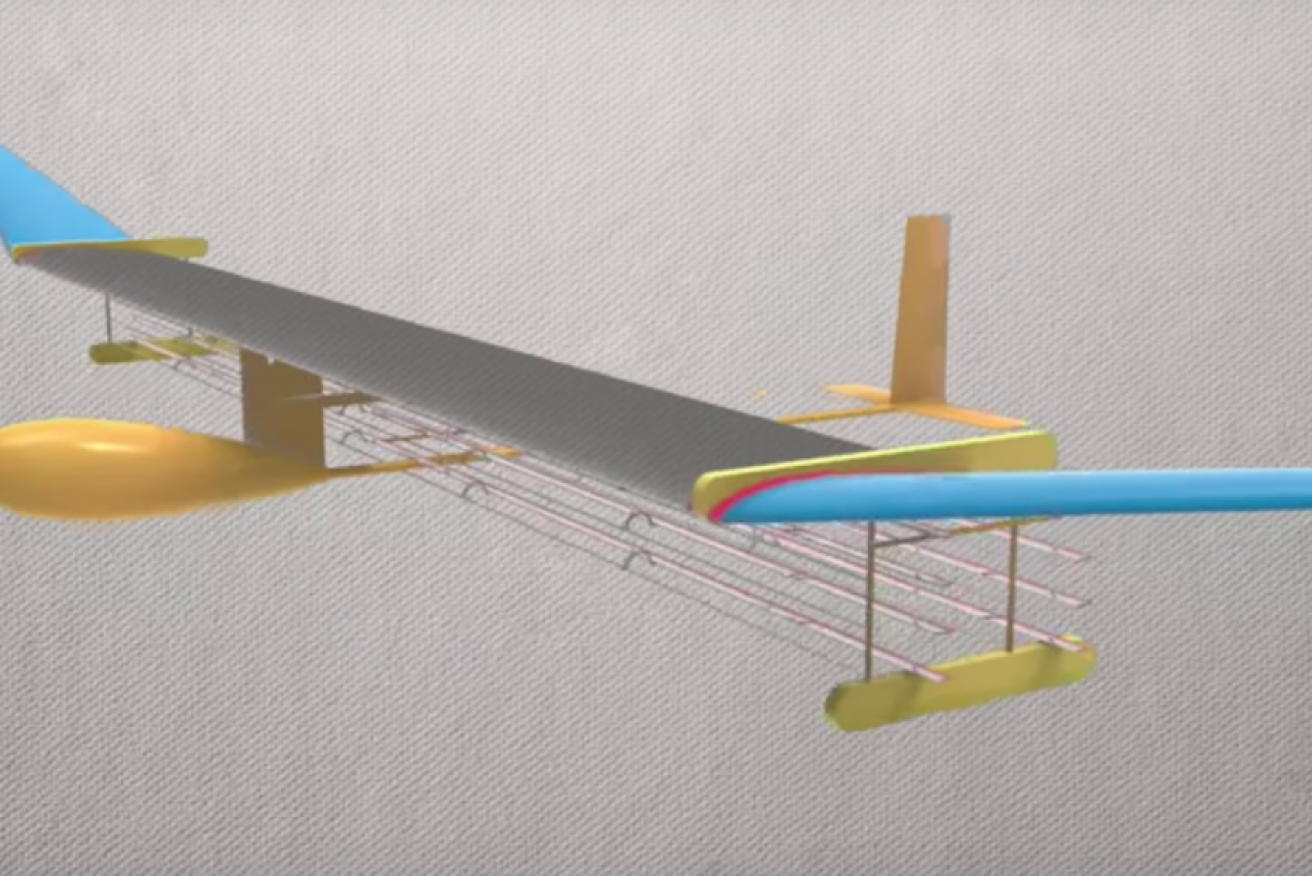First-ever plane with no moving parts makes successful flight


This ionic plane does not need fuel to be powered through the air. Photo: Youtube
A Star Trek inspired aircraft with no moving parts has been successfully flown by scientists who say the revolutionary aircraft could lead to quieter and environmentally cleaner flights.
Engineers at the Massachusetts Institute of Technology (MIT) constructed the lightweight aircraft, which is powered by “ionic wind technology”.
The prototype weighed about two kilograms and featured a five-meter wingspan.
When the team tested the ion-powered plane inside a gym, it was able to travel at leat 60 metres 10 times.
Lead researcher Associate Professor Steve Barrett declared it to be the “first-ever sustained flight of a plane with no moving parts in the propulsion system”.
“This has potentially opened new and unexplored possibilities for aircraft which are quieter, mechanically simpler, and do not emit combustion emissions,” he said in a statement.
Since the first powered flight launched about 115 years ago, in 1903, by American aviators Wilbur and Orville Wright, aircraft have depended on moving parts such as propellers or turbine blades to enable them to fly.
What makes this invention so significant is that MIT researchers have figured out how to power a flight by simply using a 20,000 volt battery pack in the fuselage.
The battery provided electricity to a series of wires attached to the width of the plane underneath the wing, which in turn created a flow of nitrogen ions from the wires to rods at the back of the plane that was powerful enough to generate enough thrust for a sustained flight.
Professor Barrett said as a child he would watch how shuttles on the television series Star Trek glided through the air silently without any moving parts.
Since then, the aeronautics and astronautics expert envisioned developing something similar.
The team is now working on getting the plane to fly longer distances using less voltage.
“This was the simplest possible plane we could design that could prove the concept that an ion plane could fly,”Professor Barrett told MIT News.
“It’s still some way away from an aircraft that could perform a useful mission. It needs to be more efficient, fly for longer, and fly outside.”
-with agencies








